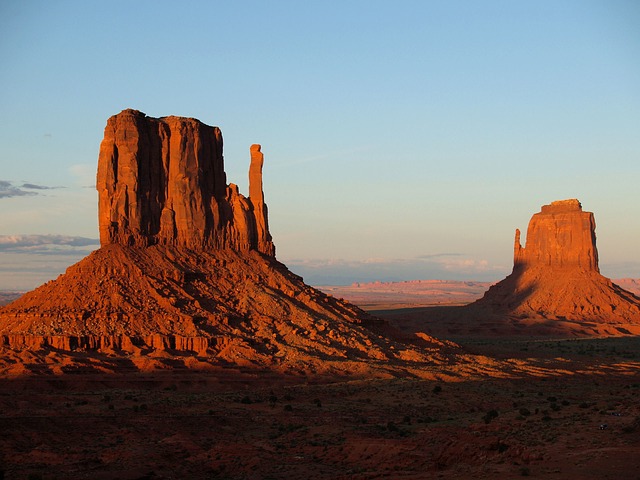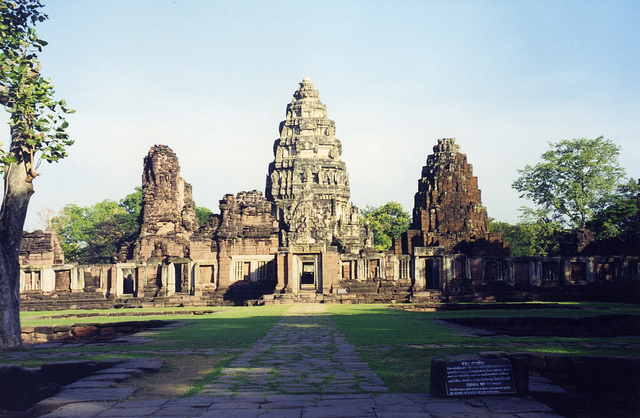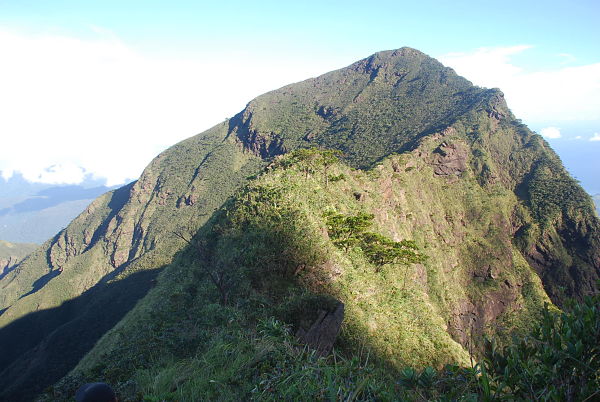The American West is home to some of the most magnificent and breathtaking rock formations that have found their way in travel glossies, outdoor magazines, documentaries and the silver screen. More than just jaw-dropping sights, the following rock formations across the United States tell a lot of stories about the Earth’s past, stories that are as enchanting as the rocks themselves.
The Grand Canyon of Arizona is justifiably (at one point) one of the Seven Wonders of the World (the new list, depending on who makes it, often leaves it out). Easily one of the most recognizable and magnificent rock wonders the world over, this steep-sided canyon reveals about 2 billion years of Earth’s geological past, thanks to the Colorado River that carved it over time to expose the Proterozoic and Paleozoic strata. The canyon’s sheer immensity and combination of geologic colors and patterns overwhelm any first time visitor, and its thick sequence of ancients rocks are a goldmine of information for geologists to study.
Part of the larger Antelope Canyon, also found in Arizona, the Upper Antelope Canyon is every photographer’s dream landscape. A slot canyon that could easily trap travelers as seen in “127 Hours”, the Upper Antelope is famous for its “flowing” landscape that mimics the movement of water, having been formed by millennia of flash floods that could still catch unsuspecting day trippers off-guard.

Another rock wonder that straddles the Arizona-Utah border is the Monument Valley, famous to moviegoers the world over as the definition of American Wild West (because of its frequent use as a setting to various films of the same theme). Monument Valley is identifiable with its towering “buttes” (some reaching 1,000 feet above the valley floor), isolated “hills” that have been carved by wind erosion in the arid plains.
Another Utah “rock superstar” is the Delicate Arch, a freestanding geologic sculpture made of Entrada Sandstone that has been shaped by a combination of weathering and erosion. This compelling rock formation is depicted in Utah license plates and postage stamps.
Travelers may realize that Utah seems to have an inordinate amount of rock superstars given that another geologic wonder is just at its doorstep. The Bryce Canyon National Park, unlike the Grand Canyon, was formed by the dissolving power of frost and rainwater. This park is filled with thousands of towering jagged limestone rocks known as “hoodoos.”
For hard-core geo-adventurers who would want to see how a volcanic plug looks like (the remains of a volcano when all of its flank are removed), they may want to troop to the Devil’s Tower National Monument in Wyoming for a closer view. Declared in 1906 as the United States’ first national monument, the Devil’s Tower is consecrated by the Cheyenne and Lakota Indians as a ground for religious worship.






